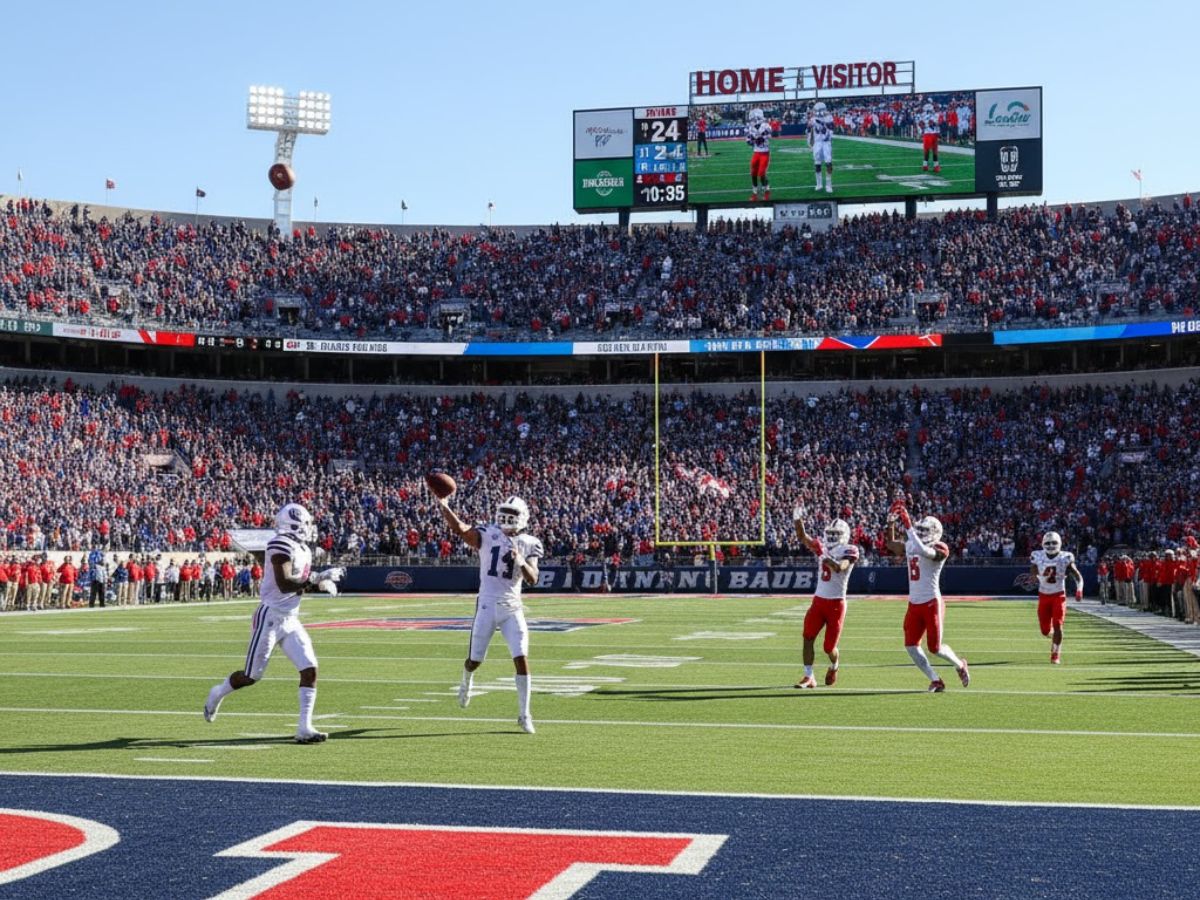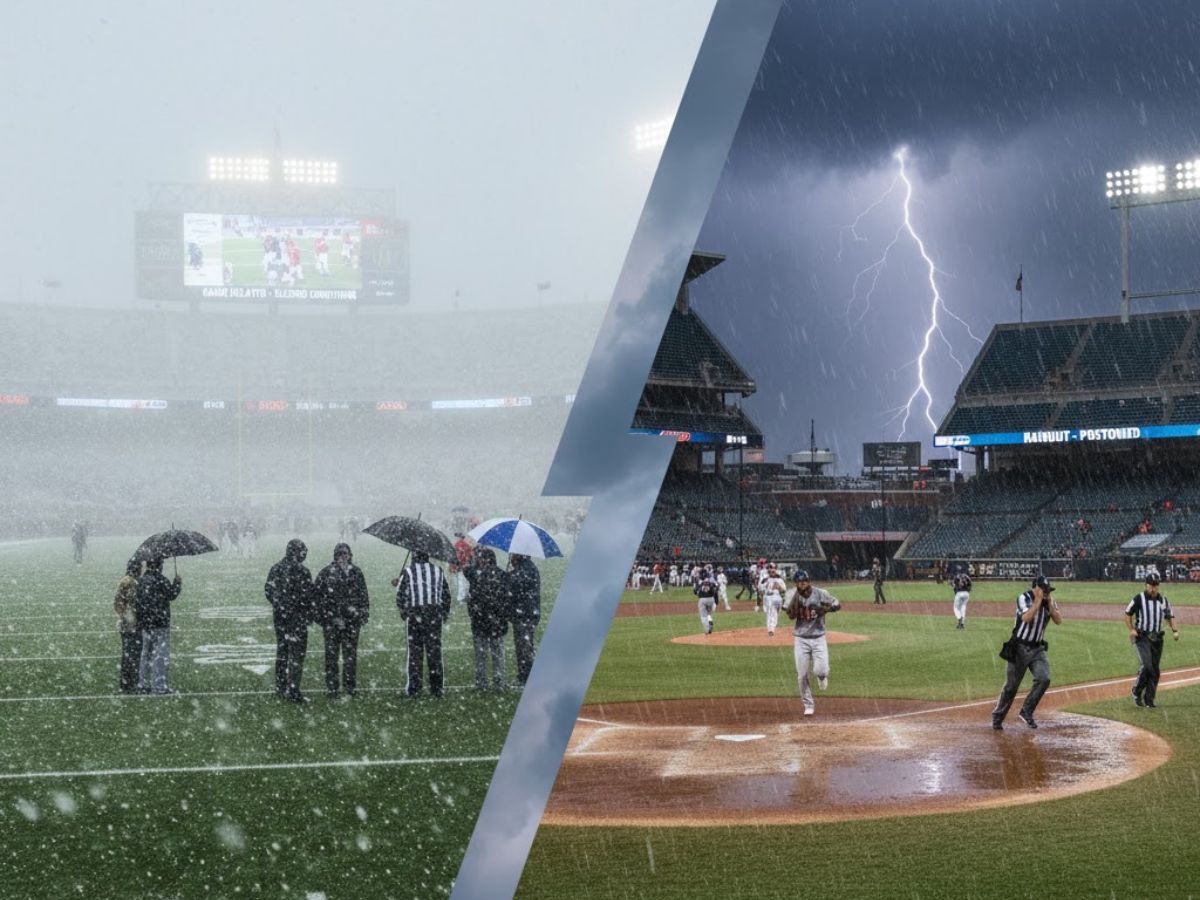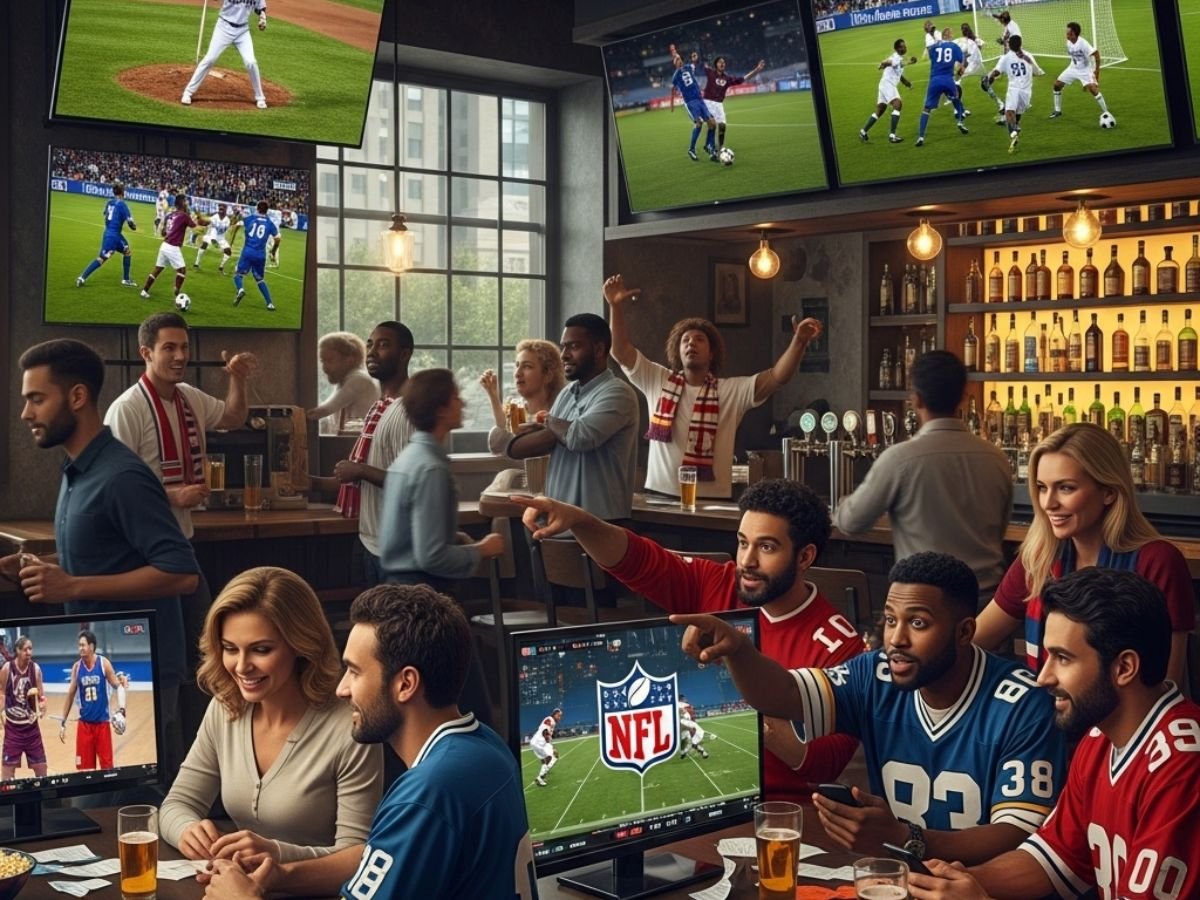Saturday afternoons in the fall belong to college football. From massive rivalries to high-scoring shootouts, it’s a sport that keeps fans, and bettors, on the edge of their seats. But if you’ve ever opened a sportsbook app and seen lines like Alabama -21.5 or Over/Under 59.5, it can feel confusing.
Those numbers aren’t random, they’re the backbone of every wager. College football betting lines tell you who’s favored, how much they’re expected to win by, and how many points might be scored in total. Once you know how to read them, you’ll see the game, and your bets,in a whole new way.
Also Read: How to avoid betting tilt and emotional decisions during losing streaks
In this guide, we’ll break down what betting lines really mean, the three main types you’ll encounter, and how to interpret them with real-world examples tailored for US bettors.
What are college football betting lines?
College football betting lines are the odds and numbers set by sportsbooks to predict how a game will play out. They determine the payouts for each bet and help keep the action balanced between both sides.
When you visit US sportsbooks like FanDuel, DraftKings, or BetMGM, you’ll see three main types of lines for every game:
- Point spreads: predict the margin of victory.
- Moneylines: simply pick who wins.
- Totals (Over/Under): bet on the total combined points.
Let’s look at each type and how to use them.
1. Point spread: Betting on the margin of victory
The point spread is the most common type of college football bet. It’s designed to make betting fair between two teams, even if one is much stronger. The favorite must win by more than the spread, while the underdog can lose by less and still “cover.”
Example:
Georgia -14.5 vs South Carolina +14.5
- Betting Georgia -14.5 means you need Georgia to win by 15 points or more.
- Betting South Carolina +14.5 means your bet wins if they win outright or lose by fewer than 15 points.
That “.5” prevents ties, called pushes, so there’s always a winner or loser.
Spreads move throughout the week based on injuries, betting volume, or weather conditions. That’s why sharp bettors often place bets early, before the line shifts.
2. Moneyline: Betting on who wins outright
The moneyline is the simplest bet: just pick which team you think will win. The odds tell you how much you’ll win or need to risk.
Example:
Michigan -250 vs Minnesota +200
- Michigan -250: You must bet $250 to win $100.
- Minnesota +200: A $100 bet would win $200 if they pull off the upset.
Favorites have a negative number (they’re expected to win), and underdogs have a positive number (they’re expected to lose).
Also Read: Hidden sportsbook features most bettors don’t use
Moneyline bets are great for close matchups or when you believe a lower-ranked team could surprise everyone.
3. Totals (Over/Under): Betting on total points scored
With totals, you don’t have to choose a winner. You’re betting on whether the combined score of both teams will be higher or lower than the sportsbook’s prediction.
Example:
Alabama vs Texas — Over/Under 61.5
- Over 61.5: You win if both teams combine for 62 or more points.
- Under 61.5: You win if the total score is 61 or fewer points.
Totals often move as kickoff nears, especially if weather reports change or key players are injured.
Why betting lines move
Betting lines aren’t fixed,they shift based on how money flows in and new information emerges. Here’s what drives those changes:
- Public betting: When too many people bet one side, sportsbooks adjust the line to balance action.
- Injuries: A starting quarterback’s injury can move a line several points.
- Weather: Wind or heavy rain can lower totals since scoring tends to drop.
- Sharp bettors: Professional bettors influence odds when they make large wagers.
Smart bettors keep track of line movement, sometimes betting early, sometimes waiting for better value.
College football vs NFL betting lines
College football lines are typically wider than NFL lines because of the big talent gap between schools. It’s not unusual to see a 30-point spread when a top-ranked team faces a smaller program.
In college football, emotional factors also play a bigger role — home crowds, rivalries, and motivation can swing results more dramatically than in professional games.
Real example: Reading a college football betting line
Here’s how a sportsbook might display a game:
| Game | Spread | Moneyline | Total |
|---|---|---|---|
| Ohio State | -10.5 (-110) | -420 | O/U 58.5 |
| Penn State | +10.5 (-110) | +340 | O/U 58.5 |
Here’s how to read it:
- Ohio State must win by 11 or more to cover the spread.
- A $420 bet on Ohio State’s moneyline wins $100 if they win.
- A $100 bet on Penn State’s moneyline wins $340 if they pull off the upset.
- Over/Under 58.5: You bet on whether both teams score more or fewer than 58.5 points combined.
Tips for betting smarter on college football lines
- Shop for the best lines: Small differences between sportsbooks can change your profit.
- Avoid betting every game: Focus on conferences or teams you follow closely.
- Check weather and injuries: Conditions affect scoring more in college than in the NFL.
- Understand the vig: The “-110” next to a spread means you’re paying a small fee to place your bet.
- Track your bets: Reviewing your results helps you identify what works — and what doesn’
Understanding college football betting lines isn’t just about numbers, it’s about reading how sportsbooks view each matchup. Once you can interpret spreads, moneylines, and totals, you’ll make more informed bets and spot value others miss.
FAQs
Q1. What’s the easiest college football bet for beginners?
The moneyline is the simplest — just pick who wins. It’s great for new bettors learning the basics.
Q2. Why do some spreads have half points like 7.5 or 14.5?
Half points prevent ties, ensuring every bet has a clear winner or loser.
Q3. Do all sportsbooks offer the same lines?
Not always. Lines can differ slightly across sportsbooks, so compare before you bet.
Q4. Can I bet live during a college football game?
Yes. Most US sportsbooks now offer live betting, where odds change after each drive or score.
Q5. What’s the biggest mistake new bettors make?
Betting too many games or chasing losses. Discipline and research are key to long-term success.








